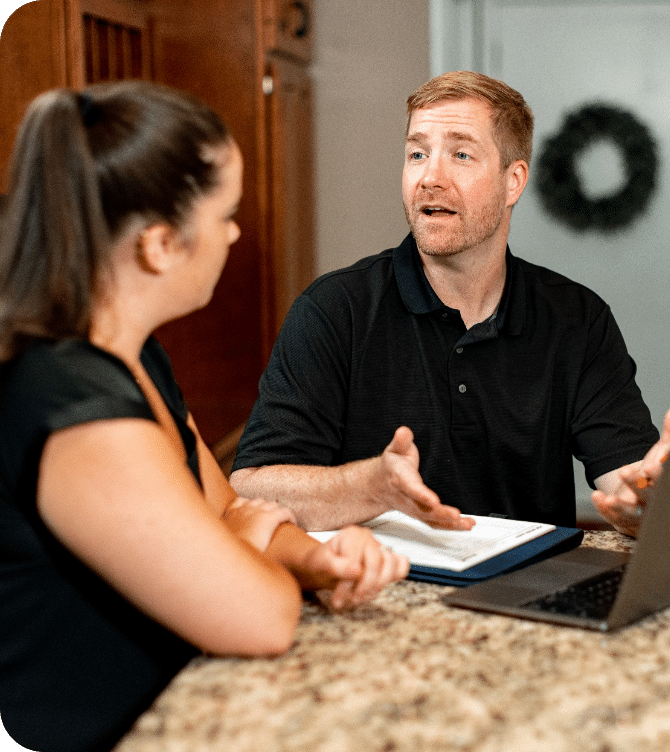How is Your Concrete Impacted by Summer Weather?

In the summer months, a lot can happen to the concrete in and around our homes. And with more people out and about, concrete issues might feel more noticeable – and more annoying. From a sunken sidewalk slab to a cracked concrete driveway, our beautiful beach weather has a direct impact on the soil and, ultimately, the concrete on top of it.
Moisture in the early summer months, pop up thunderstorms and sticky days can defintely impact your concrete. The rain saturates the soil and can soften it, making concrete slabs sink. Rain and water can also wash away the dirt under and around concrete. This erodes the support underneath the concrete, causing it to crack and drop.
But rain isn't the only culprit. Dry weather and the hot summer sun can also dry out the soil around your home. As the moisture in the soil evaporates, the dirt shrinks, taking up less space and impacting the stability underneath the concrete. Just like when dirt is washed away, the lack of support can cause the concrete to crack and fall. While it may only drop a few inches or centimeters, it can be make a big difference in the way that you use your concrete (tripping hazzard).
While weather patterns might feel like a never-ending cycle of concrete problems, there are simple and permanent fixes. DryZone has helped countless homeowners by lifting their sunken sidewalk slab, repaired their cracked driveway and, ultimately, restored their curb appeal and safety around their home. Contact us today for a free, no-obligation inspection.




